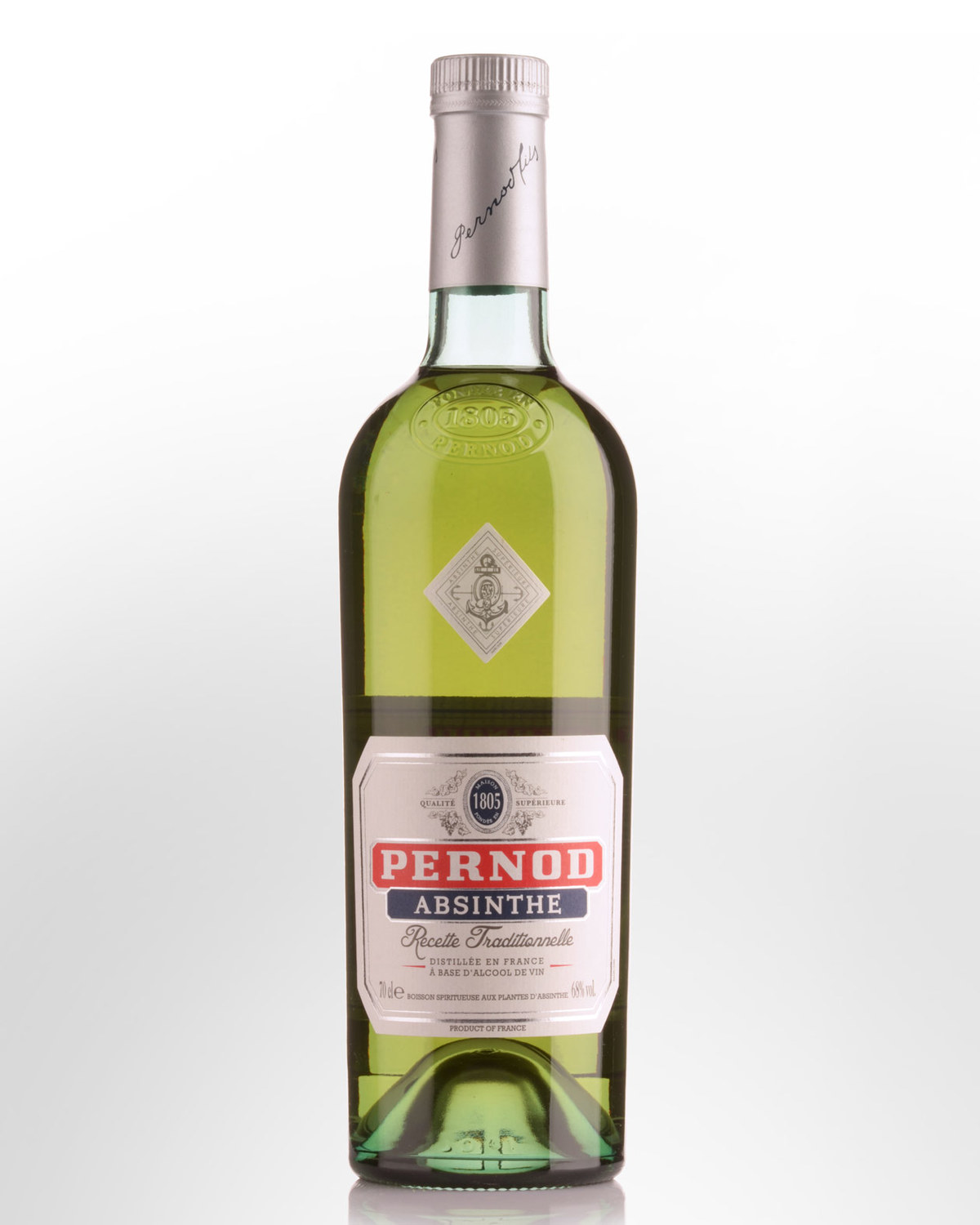
Pernod Absinthe (700ml)
This spirit was inspired by the original recipe that made the House of Pernod famous at the beginning of the 19th century.
The Absinthe Story...
Absinthe was invented at Couvet in the Canton of Neuchatel, Switzerland in 1797 by Dr. Pierre Ordinaire. It became popular in the French army in the early part of the 19th century as an antidote to fever. Henri-Louis Pernod later opened the first Absinthe distillery in Switzerland and then moved to a larger premises in Pontarlier, France in 1805. By the 1850's it had become the favourite drink of the upper class. Originally wine based, a blight in 1870's on the vineyards forced manufacturers to use grain alcohol as a base. This increased its affordability and the drink quickly became popular amongst bohemians. Artists and writers like Van Gogh, Baudelaire, and Verlaine, to name a few, believed Absinthe to stimulate creativity. Most days started with a drink of “La fée verte” (the ‘green fairy’ as it became commonly known), and ended with “l'heure verte (the green hour) as one or two (or more) were taken as an apéritif.
However, in the 1850's, there began to be concern about the results of chronic use. Absinthe was believed to produce a syndrome, called absinthism, which was characterized by addiction, hyperexcitability, and hallucinations. This concern over the health effects of absinthe was amplified by the prevailing belief in Lamarckian theories of heredity. In other words, it was believed that any traits acquired by absinthists would be passed on to their children. Absinthe's association with the bohemian lifestyle also worked to compound fears about its effects, much as has happened with marijuana in America. Absinthe was subsequently banned in many countries in the beginning of the 1900's.
The remains some question as to the active component or components of absinth. Alcohol is obviously one main component. However, another primary candidate is thujone, a monoterpene which is considered a convulsant. Thujone's mechanism of action is not known, although structural similarities between thujone and tetrahydrocannabinol (the active component in marijuana) have led some to hypothesize that both substances have the same site of action in the brain. Thujone makes up 40 to 90% (by weight) of the essence of wormwood, from which absinthe is made. Thus, thujone would appear to be a good candidate for a second active component in absinth.
Absinth today has made a fashionable comeback and is now readily available in the U.S., much of Europe and now Australia. Pernod Absinthe is a high octane example of the genre (68% alc./vol.) It has a full, rich mouthfeel blending aniseed and fresh citrus notes. Despite the alcoholic strength, the drink is surprisingly smooth. Pernod with absinthe plant extracts can be prepared in the traditional way by carefully pouring chilled water over a sugar cube held in an openwork spoon, or without sugar, diluted with five to seven parts chilled water.
